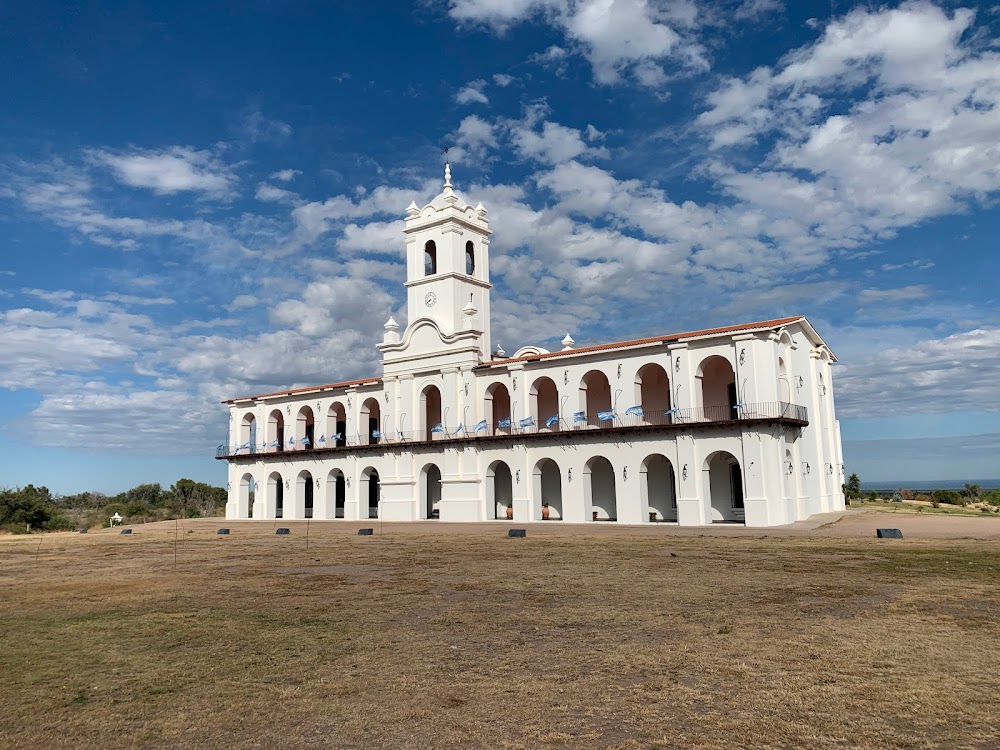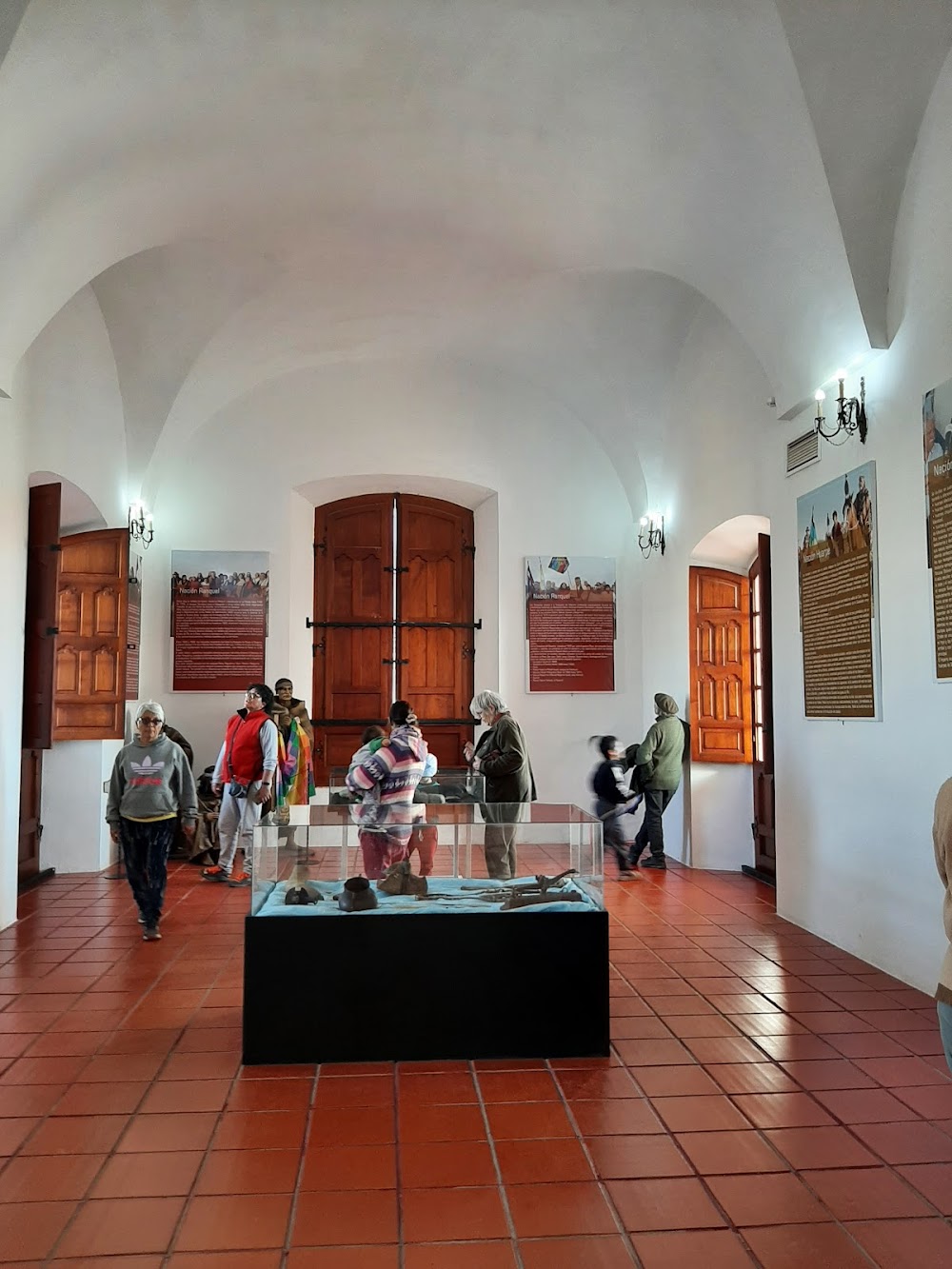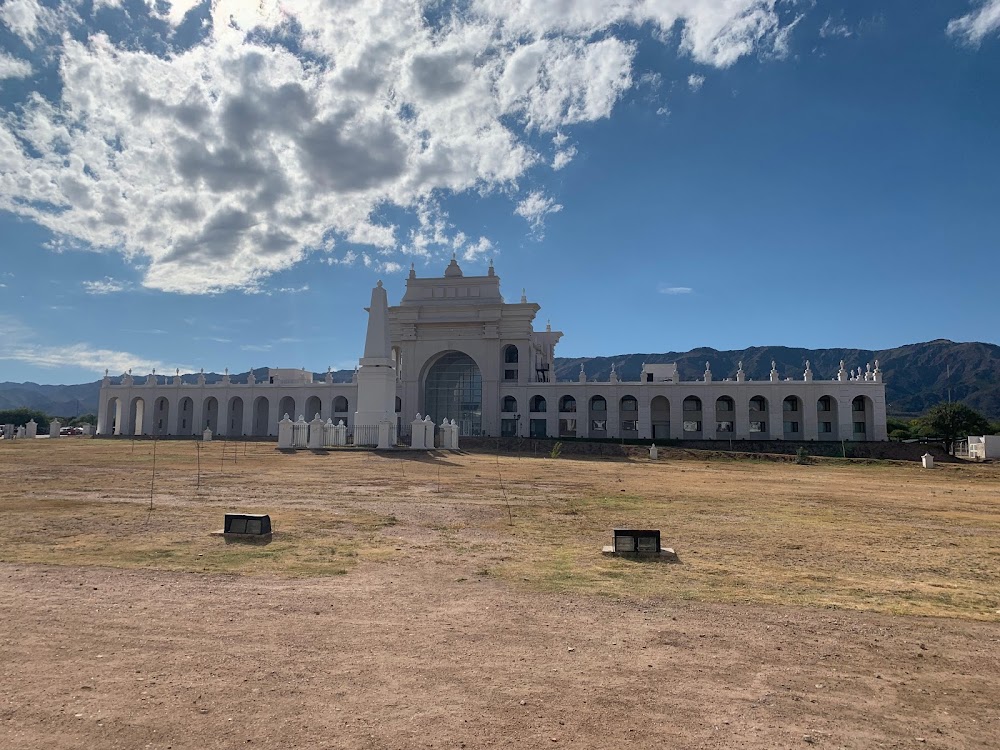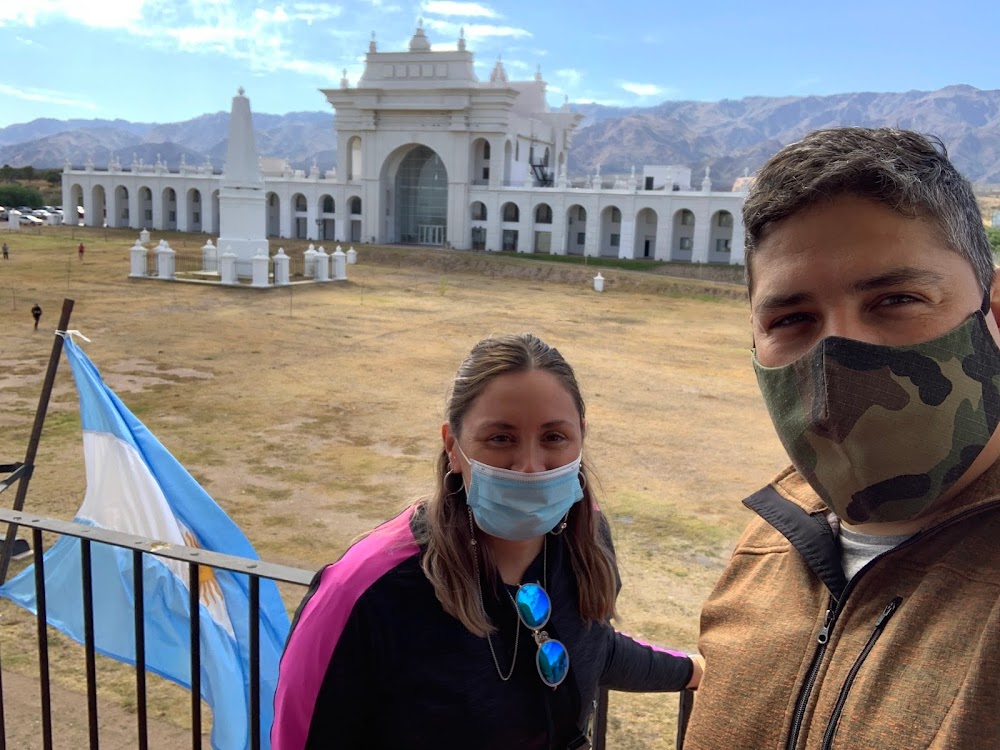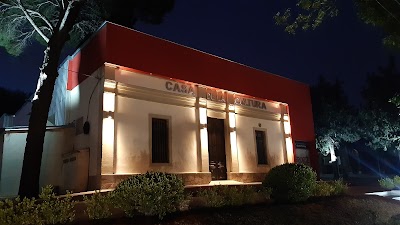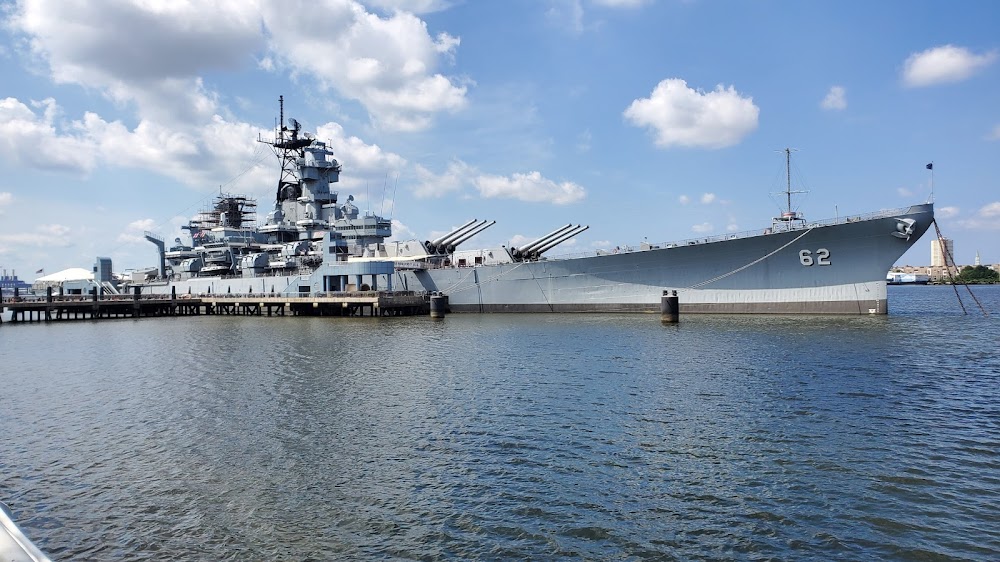Cabildo of San Luis (Cabildo de San Luis)
Overview
The Cabildo of San Luis, located in the heart of San Luis, Argentina, stands as one of the city's most treasured historical landmarks. This iconic building is a stunning example of colonial-era architecture and holds significant cultural and historical importance for the region, inviting visitors to delve into its rich past.
Construction of the Cabildo began in 1790 and was completed just a year later in 1791. Commissioned by the Spanish Crown, it was mandated that all significant settlements in their colonies feature a Cabildo. During the colonial period, this building served as the administrative and governing center, constructed primarily from local materials like adobe walls, wooden beams, and clay roof tiles, reflecting the traditional techniques of the time.
Designed in the classic Spanish colonial style, the Cabildo boasts white walls, a series of elegant arches, and a charming red-tile roof. Its striking facade is adorned with a balustrade and a central bell tower, which historically called townspeople to gather for important announcements and functions. The central courtyard, encircled by a colonnade, served as a vibrant hub for civic activities, embodying the cabildo's dual role as a social and governmental focal point.
In its early years, the Cabildo was a multifunctional space, housing offices for local officials such as the mayor and magistrates, as well as serving as a meeting place for the town council. Beyond administrative duties, it functioned as a courtroom and a jail—an arrangement typical of cabildos across Latin America during the Spanish colonial era.
As Argentina moved towards independence, the Cabildo's significance evolved. It transformed into a powerful symbol of civic authority, representing the shift from colonial governance to the emerging nation-state. Throughout the 19th and early 20th centuries, the building continued to serve various administrative purposes until the construction of new governmental buildings was required to accommodate the growing population and expanding city.
Recognizing the historical value of the Cabildo by the mid-20th century, local authorities initiated preservation efforts. Renovations aimed to restore the building's original architectural features and prevent further deterioration, ensuring that the Cabildo remains a tangible link to the past. These preservation efforts were guided by historical records and architectural studies to maintain accuracy and respect for the original design.
Today, the Cabildo of San Luis operates as a museum and cultural center. It showcases exhibits detailing the city's history, the colonization period, and the Cabildo's critical role in local governance. Visitors can explore restored rooms, furnished to reflect the 18th and 19th centuries, offering a captivating glimpse into the lives of the officials and residents who once occupied its halls.
The Cabildo also serves as a venue for cultural events, educational programs, and community gatherings, continuing its legacy as a central meeting place for the people of San Luis. Its dual status as both a historical monument and a vibrant community hub underscores its enduring significance.
Through careful preservation and adaptive reuse, the Cabildo of San Luis remains a proud symbol of the city's heritage, reminding visitors of San Luis’ colonial past and its journey toward becoming a vibrant part of Argentina.


